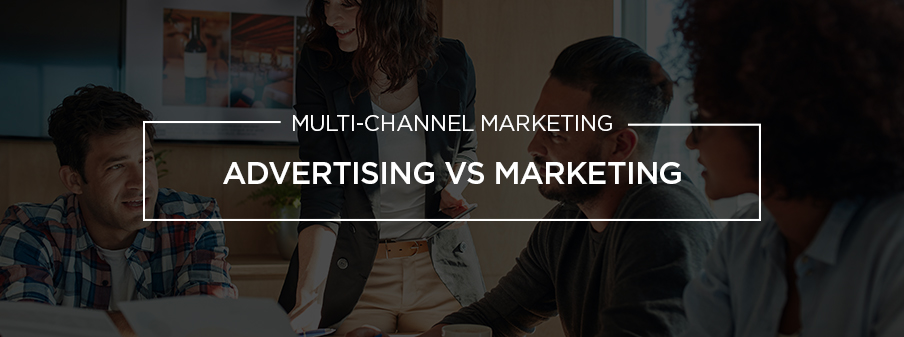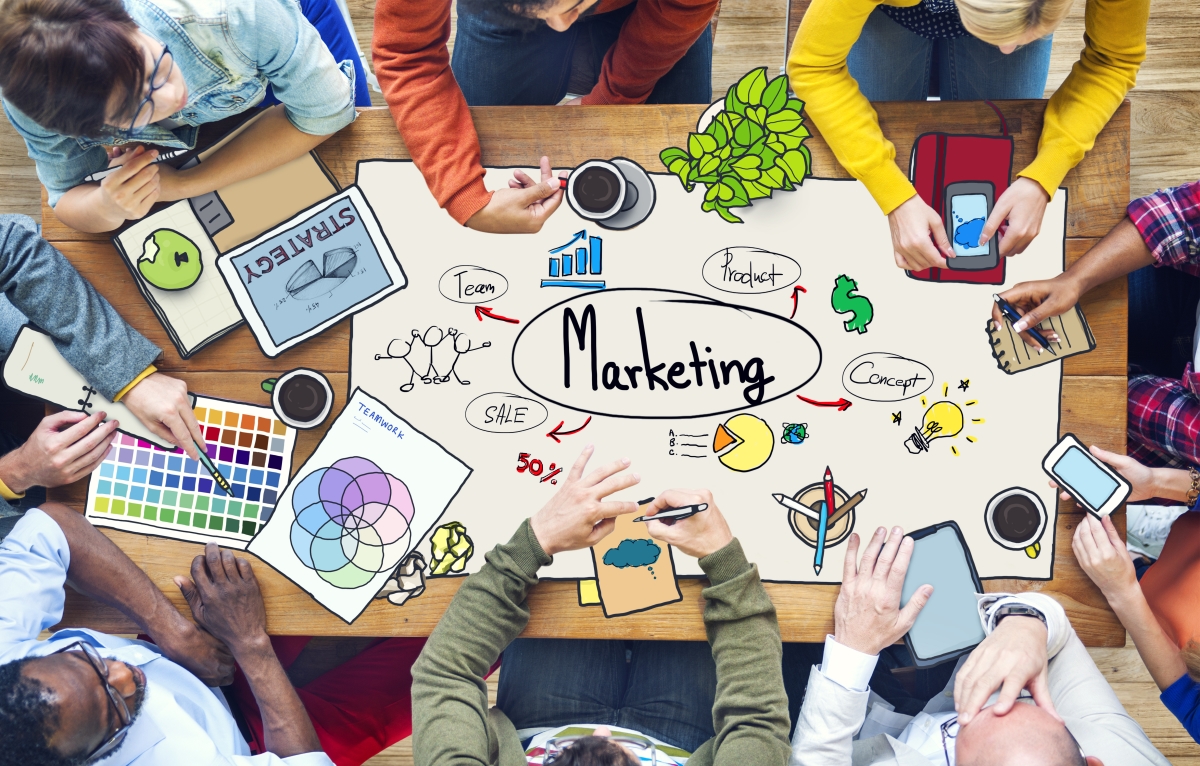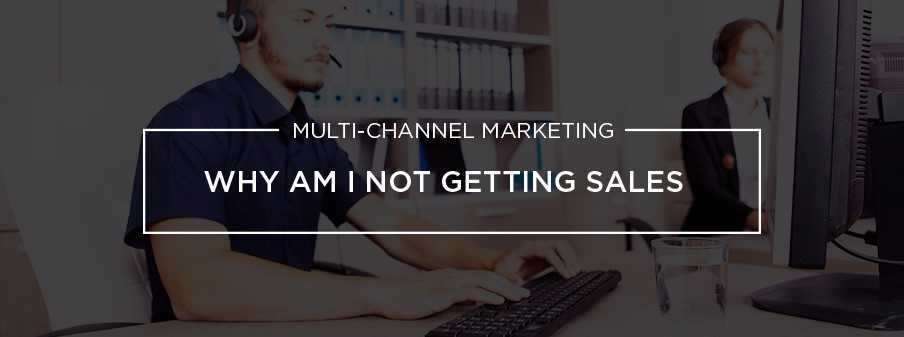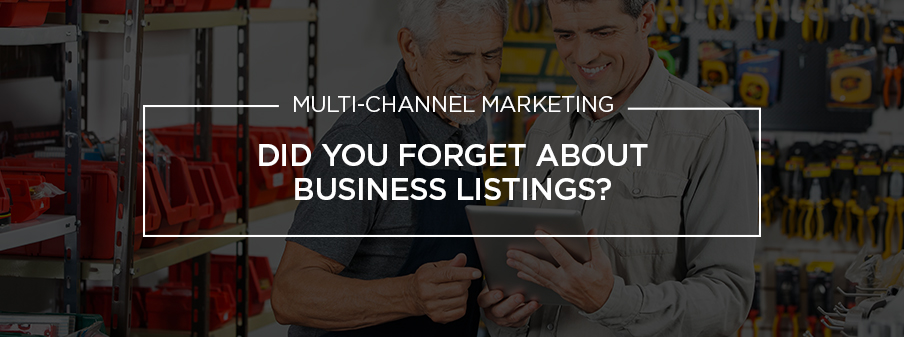Where Should My Traffic Come From?
Multi-channel marketing presents unique challenges and opportunities. For example, you have five platforms that generate traffic; email marketing, display, PPC, social media and SEO. These are all proven channels that produce consistent traffic, but they all are completely different. The first thing you have to remember is that the type of business you have will influence where, and how reliable, the traffic should be from these channels.
A restaurant will see traffic from SEO, but they will see better quality and volume from social media. However, an insurance company will get better results from being on Google than anywhere else. Only during a meeting with a marketing consultant can you determine where your traffic should come from. However, for the sake of education, let’s break down the common types of traffic each platform generates:
- Banner ads & retargeting: These ads are run on thousands of sites and apps. You can target people just like with email and the best part is that once they visit your site, for this reason or any other, you can have your ad follow them around for months through retargeting. Because these ads can run during videos they are watching, aps they are playing or articles they are reading, it gives you a unique opportunity to display to them while they are focused on something on the same page. This service tends to generate people who are interested in the ad they see but because of the amount of reach it has, it can generate large amounts of traffic.
- Email marketing: The idea behind an email marketing campaign is simple. You target your audience based on their age, personal interests, location, income, job title, marital status, shopping habits, if they have children, if they rent or own their vehicle or home and so much more. Once you’ve selected the audience, your creative can be sent to them multiple times. The recipient sees the subject line and who it is from even before they open the message. That means every single message that lands in an inbox can count as an impression. Once someone opens that message and clicks on the links, it’s not just traffic to your site, but it’s traffic from a very interested, highly-targeted consumer.
- Social media: Sites like Facebook, Instagram, LinkedIn and even Twitter offer several benefits with marketing. They are great for building a brand, keeping followers interested and updated in products and services and they give you a great opportunity to network as your loyal followers and customers can share your posts or tag themselves at your location or using your products. While targeting isn’t as precise as other channels, you do have the bonus of having a user’s undivided attention. On average, a social media user is on these platforms for over four hours a day. Not only that, but they are giving these sites more of their attention than they would television, radio or something else. So, when you run an ad on a site like Facebook, it’s going to get far more attention than it would almost anywhere else. However, you need to make sure that your ad is focused around something that’s educational or entertaining rather than just promotional. People are not going to these sites to be sold something. That’s why, whatever you run needs to give the viewer something of value like saving big on select products, signing up for a contest or something else.
- SEO: Believe it or not, search engine optimization offers the highest conversion rate of any organic marketing option. The reason is because the consumer is going to Google with the intent on getting information or even buying a product or service. That intent is the key. Next, they have to scroll through other sites to find yours. That means they are committed to finding the information they need. When they come to your site, they’ve already gone through several stages of searching which makes them an ideal visitor. Combine this with maps and business listings and you can really strengthen your position on search engines.
- Google AdWords (PPC): Statistically, depending on your field, PPC will generate the best and most reliable traffic to your site. The same theory applies with SEO as far as the visitor having to go to the site and type in a search term of something, they are interested in. However, this gives you the added advantage of being at the very top of the page. That’s important as the amount of traffic and conversions are significantly higher for the sites listed at the very top and it’s a big reason why those key terms are so competitive.
You have to take a look at your business and the people you want visiting your site to determine which platforms are going to provide you the best traffic. This will take some time to research but remember, it’s never a bad idea to spread yourself out. Imagine sending someone an email about a promotion you are running. Then they see your ad shop up on their Facebook account. Finally, they decide to click on your page to research your offer. When they leave, they are followed around by your banner ads that appear on sites they visit for months. Finally, they are interested in doing business with you but the first thing they do is head to Google to research your company.
They want to see how long you’ve been in business, what your previous customers have said about you and more. Thankfully, because you’ve invested time in SEO, they see good things about you and that builds even more trust. It also means that your future ads will carry more weight with that viewer. This is how you develop a multi-channel marketing campaign. The trick is to be patient and focus on impressions and traffic from the right audience.













